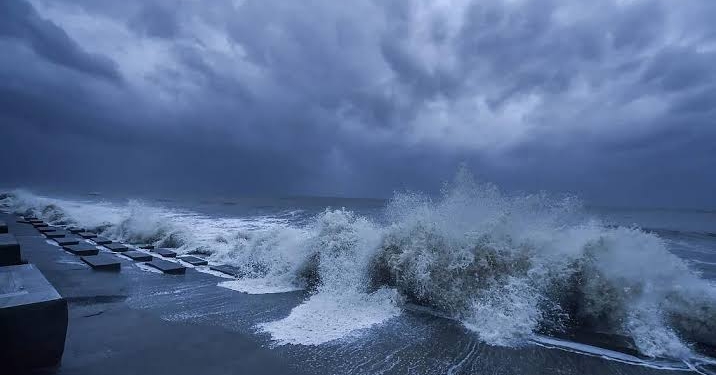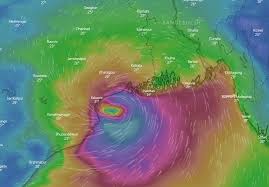Low-Pressure Area Forms Near Sri Lanka

A developing weather system over the southwest Bay of Bengal and the Sri Lanka coast intensified into a low-pressure area on Thursday morning, according to updates from the India Meteorological Department (IMD). The system is expected to strengthen further within the next 12 hours, though officials confirm that Odisha faces no threat at this stage.
IMD reports indicate that the disturbance may strengthen into a deep depression as it moves northwestward over the sea. Although the system has sparked speculation about a potential cyclone formation in the Bay, the agency has not issued any impact assessment for Odisha.
The low-pressure center currently lies over the southwest Bay of Bengal and nearby Sri Lankan waters. Forecast models suggest gradual consolidation as it advances toward the Tamil Nadu–Puducherry–south Andhra Pradesh coastline. As of now, no projections indicate any direct effect on Odisha.
Parallel System: Cyclone Senyar in the Malacca Strait
The emerging Bay system is developing simultaneously with Cyclone Senyar, which formed recently over the Malacca Strait. Originating from a deep depression, Senyar is positioned east of the Indonesian coastline and continues to circulate over Southeast Asian waters.
Meteorologists confirm that Cyclone Senyar’s trajectory remains far from the central Bay of Bengal — the basin from which storms typically threaten India’s eastern coast. Current models show no danger to Odisha or the Indian mainland from this system.
Odisha Weather Forecast Remains Stable
Despite two active systems in the region, weather conditions in Odisha are forecast to remain calm and dry. The IMD’s regional centre in Bhubaneswar predicts dry weather across all districts until at least December 2, with only scattered clouds expected.
No rainfall warning has been issued for the state in connection to either weather system. However, night temperatures are expected to drop by 2°C to 3°C over the next two days in several central and interior districts, reinforcing the onset of winter-like conditions.





